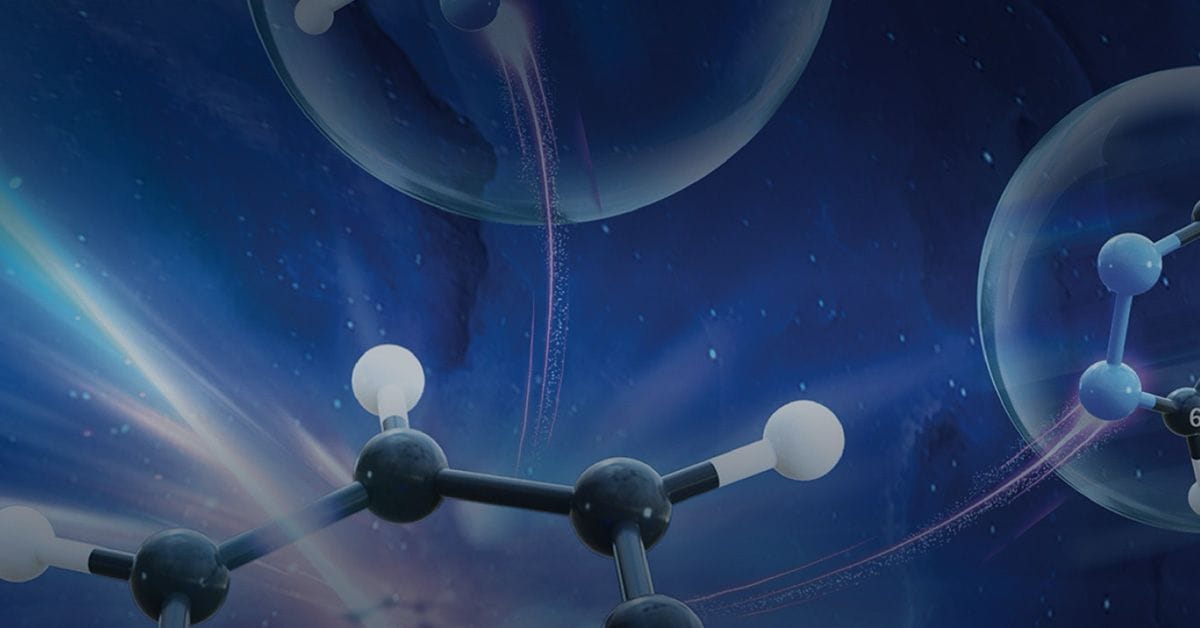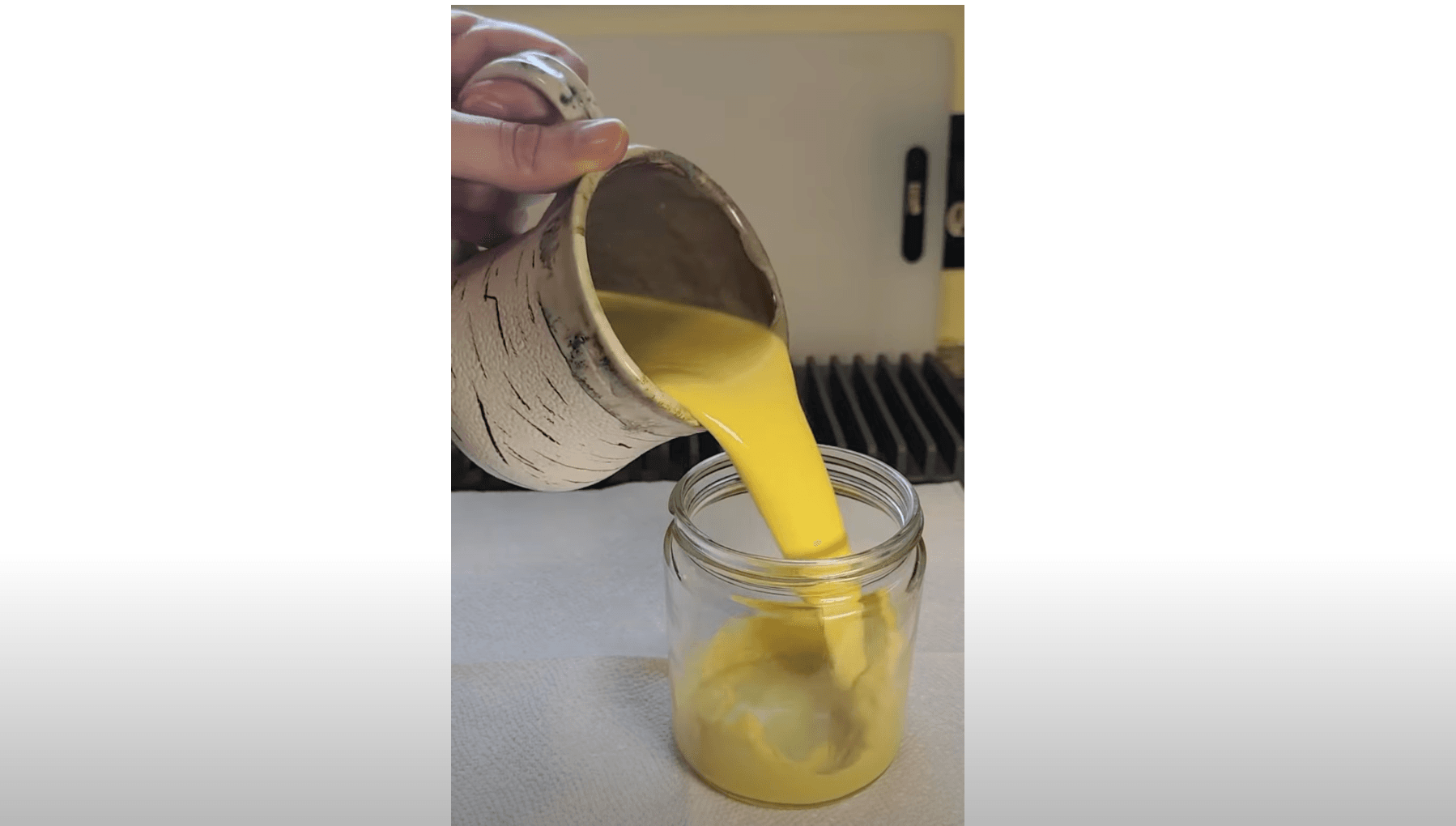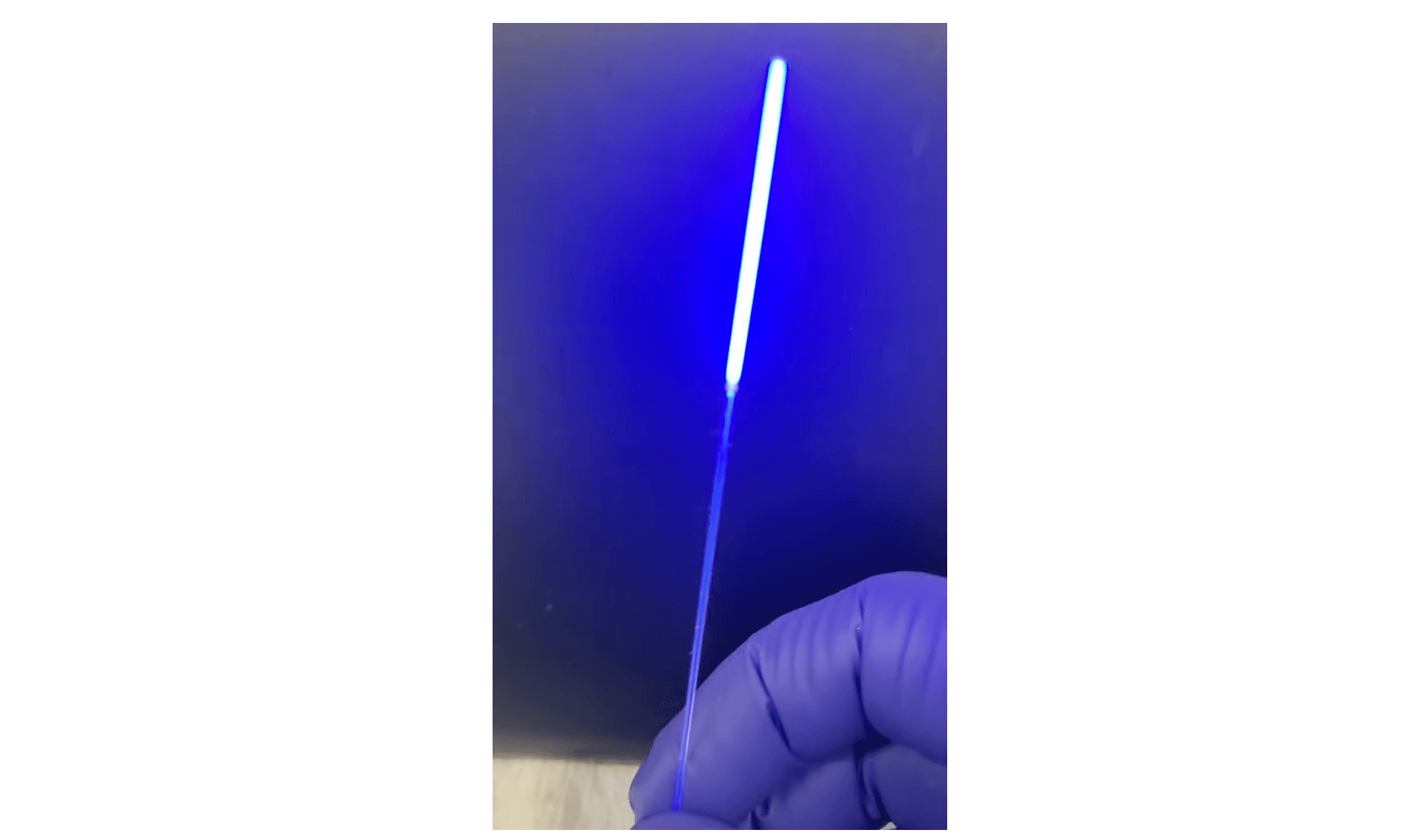From uncovering toxic heavy metals in Victorian-era books to developing light-activated expandable heart shunts, we bring you a roundup of hot topics and breakthrough chemistry research presented at ACS Fall 2024.

The fall 2024 meeting of the American Chemical Society (ACS), held virtually and in person August 18-22, 2024, features more than 10,000 presentations on a diverse range of science topics. Read on to discover some of the hot topics and research highlights presented at the meeting—and check back throughout the week for more updates!
The press release content and videos in this post are brought to you by the ACS Science Communications team. Check out the ACS Fall 2024 Meeting Newsroom.
Decoding AI’s Thought Process: A New Pathway to Superior Antibiotics
A growing number of researchers have begun exploring artificial intelligence (AI) to develop more effective antibiotics, addressing the critical issue of antibiotic resistance. In a new study, a team of scientists at the University of Manitoba led by Dr. Rebecca Davis, employed explainable artificial intelligence (XAI) to get a more behind-the-scenes look at the "thought process" of AI models. These models were trained on extensive datasets of chemical compounds and their biological effects, allowing the AI to predict which compounds could serve as potential antibiotics.
The researchers used XAI to generate novel antibiotic candidates as well as understand how the AI arrived at its predictions. This transparency is crucial, as it allows scientists to identify and refine the parameters that lead to the most promising results. By dissecting the AI's decision-making process, the team could optimize the algorithms to focus on molecular structures that are more likely to combat resistant bacteria effectively.
By making AI's decision-making more transparent and understandable, scientists can design better-targeted antibiotics faster than ever before. The ability to interpret AI's reasoning also means that the newly discovered compounds can be tailored to meet specific medical needs, potentially leading to the development of next-generation antibiotics that are not only more potent but also less likely to encounter resistance.
Watch a short Q&A interview about this research:
Explore related content on this topic:
Computer-Aided Drug Design for Undergraduates
Dean J. Tantillo*, Justin B. Siegel, Carla M. Saunders, Teresa A. Palazzo, Phillip P. Painter, Terrence E. O’Brien, Nicole N. Nuñez, Dustin H. Nouri, Michael W. Lodewyk, Brandi M. Hudson, Stephanie R. Hare, and Rebecca L. Davis
DOI: 10.1021/acs.jchemed.8b00712
Getting to the Heart of It: Deep Learning Helps Predict Drug-Induced Cardiotoxicity - ACS Axial
New Research Brings Instant Golden Turmeric Milk to Life
Golden milk, a modern twist on the traditional Indian remedy haldi doodh, has become a staple in trendy cafes worldwide—you may have seen it listed on menus as a "turmeric latte." Now, researchers have developed a novel method to create an instant, plant-based version of this popular drink, preserving its beneficial properties while extending its shelf life.
The research, which will be presented this week at ACS Fall 2024 by Anthony Suryamiharja, showcases a technique that efficiently extracts curcumin—a bioactive compound in turmeric known for its anti-inflammatory and antioxidant effects—while making it more bioavailable. The team, led by Prof. Hualu Zhou at the University of Georgia, combined turmeric powder with an alkaline solution to enhance the solubility of curcumin, making it easier to extract. They then added this solution to soy milk, creating a nutrient-rich, dark yellow liquid. By neutralizing the pH and freeze-drying the mixture, the researchers produced a shelf-stable instant golden milk powder that retains curcumin's potency.
Although the study focused on soy milk, the technique could be adapted to other plant-based milks, offering alternatives for those with soy allergies. The researchers are optimistic about the broader applications of their method, including reducing food waste by extracting valuable compounds from other plants, such as anthocyanins from blueberries. While further research is needed before instant golden milk hits the market, the initial results are promising.
Watch a Headline Science YouTube Short about this research:
Explore recent research from Prof. Zhou and colleagues:
Comparison of the Cooking Behaviors of Meat and Plant-Based Meat Analogues: Appearance, Texture, and Fluid Holding Properties
DOI: 10.1021/acsfoodscitech.2c00016
Fortification of Plant-Based Milk with Calcium May Reduce Vitamin D Bioaccessibility: An In Vitro Digestion Study
DOI: 10.1021/acs.jafc.1c01525
In Vitro Gastrointestinal Stability of Lipophilic Polyphenols is Dependent on their Oil–Water Partitioning in Emulsions: Studies on Curcumin, Resveratrol, and Quercetin
DOI: 10.1021/acs.jafc.0c07578
Comparison of Lutein Bioaccessibility from Dietary Supplement-Excipient Nanoemulsions and Nanoemulsion-Based Delivery Systems
DOI: 10.1021/acs.jafc.1c05261
Toxic Tales: Uncovering the Hidden Dangers in Victorian-Era Books
Recent research has revealed that some brightly colored, cloth-bound books from the Victorian era may pose significant health risks due to the toxic dyes used in their covers. A team of researchers from Lipscomb University has identified potentially dangerous levels of heavy metals like lead and chromium in these antique volumes, which could be hazardous to anyone handling them. Using advanced spectroscopic techniques, including X-ray diffraction (XRD) for the first time on books, the researchers have uncovered the presence of these toxic compounds in several books from the university's Beaman Library.
The study began when Lipscomb librarians approached the chemistry department to investigate the school's collection of 19th and early 20th-century books. The research team employed X-ray fluorescence (XRF), inductively coupled plasma optical emission spectroscopy (ICP-OES), and XRD to detect and measure the concentrations of heavy metals in the cloth covers. They discovered that some of the books contained lead and chromium in amounts exceeding safety limits set by the Centers for Disease Control and Prevention (CDC), raising concerns about chronic exposure to these metals.
The findings have already prompted action at Lipscomb University, where the library has sealed potentially dangerous books in plastic bags for safe handling and storage. The researchers hope their work will inspire others to adopt non-destructive testing methods like XRD to identify toxic dyes in historical books, thereby preserving these cultural artifacts without risking public health. As they continue to analyze and identify other lead-based pigments, the team plans to contribute their findings to the Poison Book Project, a collaborative effort to map out toxic books worldwide and ensure they are safely managed.
Cutting-Edge Shunt Technology Offers Hope for Fewer Surgeries in Children
Children born with congenital heart defects often face multiple invasive surgeries throughout their early lives to replace heart shunts as they grow. Now, researchers have developed an innovative solution: a heart shunt that expands when exposed to light, potentially reducing the need for repeated open-chest surgeries. This new technology could revolutionize treatment for these young patients, offering a safer and less traumatic alternative.
The research, presented at the ACS Fall 2024 meeting by Prof. Christopher Rodell, highlights a novel approach to treating defects in the heart’s lower chambers, known as ventricles, which impair blood flow and require surgical intervention for survival. Traditionally, a plastic tube or shunt is implanted to improve blood flow, but as the child grows, the shunt often needs to be replaced through additional surgeries, each carrying significant risks.
Prof. Rodell, alongside his colleagues at Drexel University, developed a shunt that uses a hydrogel-coated interior designed to expand in response to blue light. By employing a fiber-optic catheter, surgeons can activate the hydrogel's expansion without reopening the chest, offering a less invasive method of adjusting the shunt's size as a child grows. In laboratory tests, the shunt could expand its diameter by up to 40%, with the amount of expansion precisely controlled by the duration of light exposure.
In addition to reducing the need for repeated surgeries, this innovation opens up possibilities for broader medical applications, such as replacing blood vessels in pediatric trauma patients. The researchers are now moving toward testing full-length prototypes in systems that mimic the human circulatory system, with hopes to eventually advance to animal studies. If successful, this light-activated shunt could be a key advancement for pediatric heart surgery, minimizing risks and improving outcomes for children with heart defects.
Watch a Headline Science YouTube Short about this research:
Explore recent research from Prof. Rodell and colleagues:
Injectable Granular Hydrogels Enable Avidity-Controlled Biotherapeutic Delivery
DOI: 10.1021/acsbiomaterials.3c01906
Uptake of Cyclodextrin Nanoparticles by Macrophages is Dependent on Particle Size and Receptor-Mediated Interactions
DOI: 10.1021/acsabm.3c00985
Harnessing innate inflammatory signals for cancer immunotherapy
DOI: 10.1021/scimeetings.0c00983
A Supramolecular Nanocarrier for Delivery of Amiodarone Anti-Arrhythmic Therapy to the Heart
DOI: 10.1021/acs.bioconjchem.8b00882
A Saliva Test for Heart Failure: Bringing Life-Saving Screening to Your Home
Heart failure is a leading cause of death worldwide, particularly in regions with limited access to medical facilities. In response, researchers have developed a point-of-care electrochemical biosensor that can detect heart failure biomarkers using just a drop of saliva. This innovative device, resembling a transparent lateral flow test similar to those used for COVID-19, can provide results in as little as 15 minutes, potentially making heart failure screening more accessible for those in rural and low-resource areas.
Trey Pittman, who is presenting the research at ACS Fall 2024, and his team at Colorado State University created a prototype called the electrochemical capillary-driven immunoassay (eCaDI). This handheld device is designed to measure levels of two key biomarkers—Galectin-3 and S100A7—associated with heart failure. The test is simple and cost-effective: each single-use device is estimated to cost around $3.00, and the small, reusable power source required for the test is approximately $20.
The eCaDI device consists of five layers, including flexible plastic layers with laser-cut channels and glass fiber reagent pads that react with the saliva sample. When an electrical current is applied, the device can accurately detect the presence of the biomarkers in the saliva, providing a quick and non-invasive method for heart failure screening. This development is particularly significant for people in areas where access to regular medical testing is limited, allowing them to monitor their heart health more frequently and conveniently.
Looking ahead, the researchers plan to conduct human trials at Griffith University in Australia to further validate the device's accuracy and reliability. The potential of this technology extends beyond heart failure, offering a promising foundation for developing saliva-based tests for other diseases.
Previously, Pittman and his colleagues used their eCaDI to develop a new, cost-effective diagnostic test for direct detection of COVID-19. The device demonstrated high sensitivity, selectivity, and stability for over seven weeks, and was effective in detecting nine SARS-CoV-2 variants, including the Omicron variant. Read the full open access article, published in ACS Measurement Science Au.


